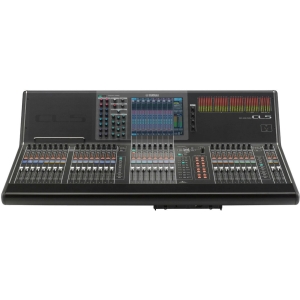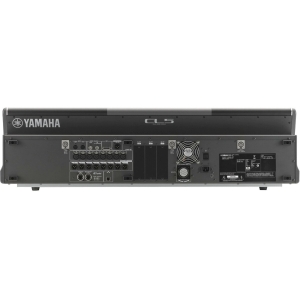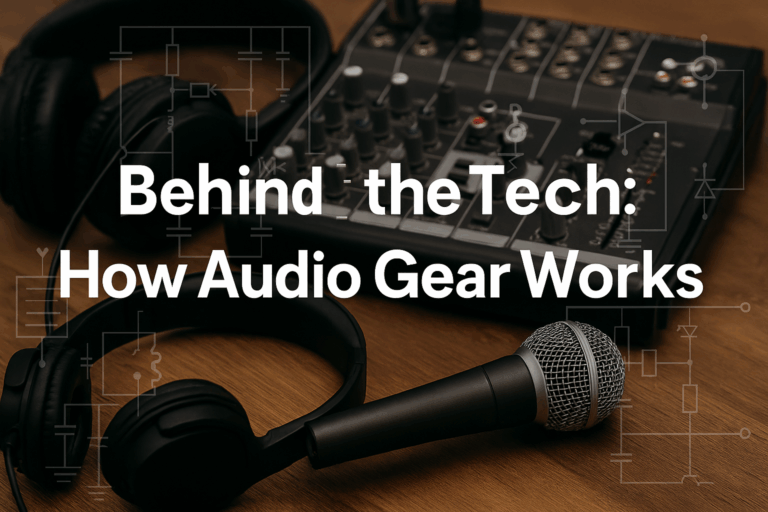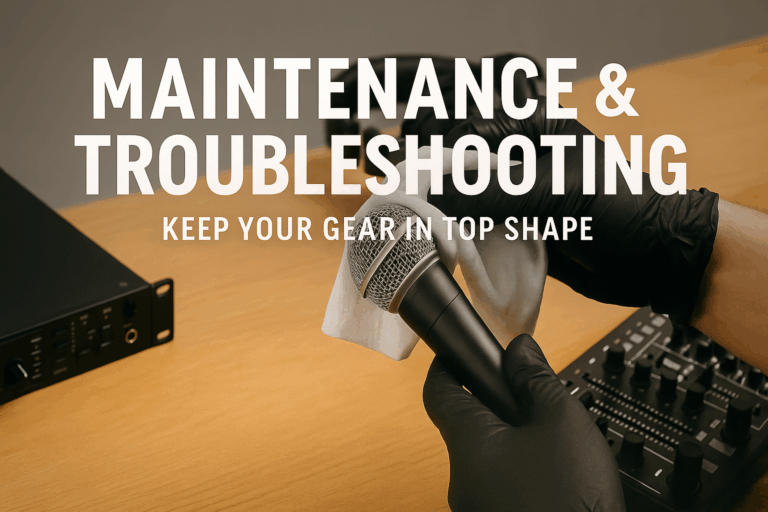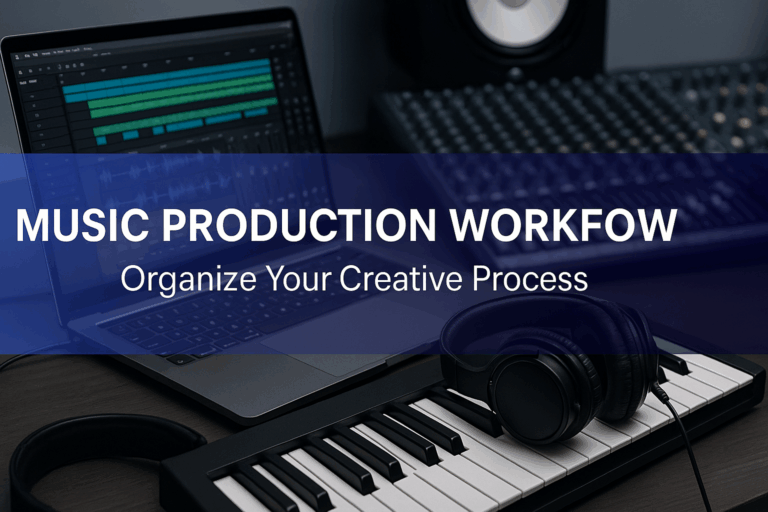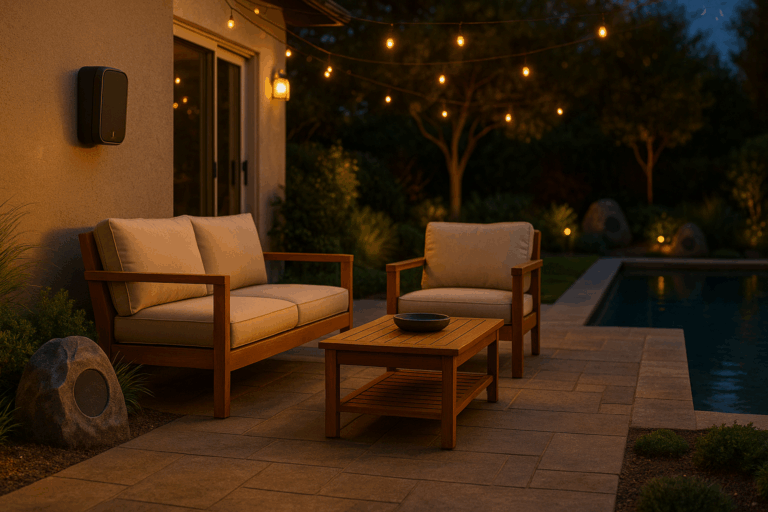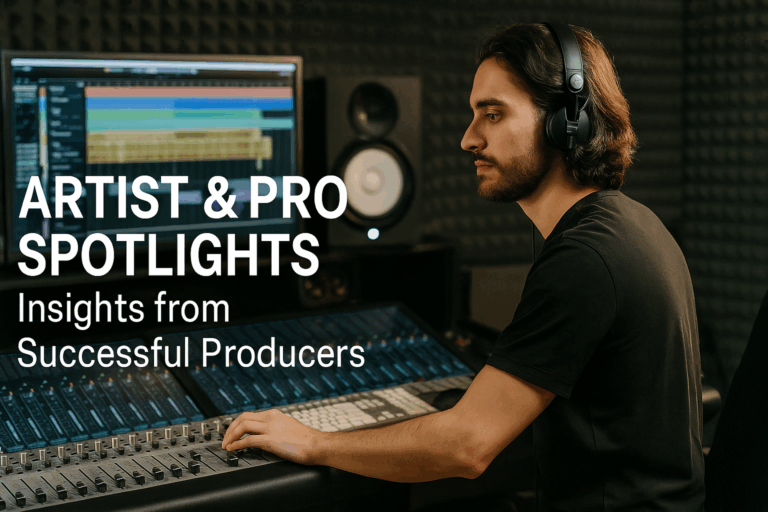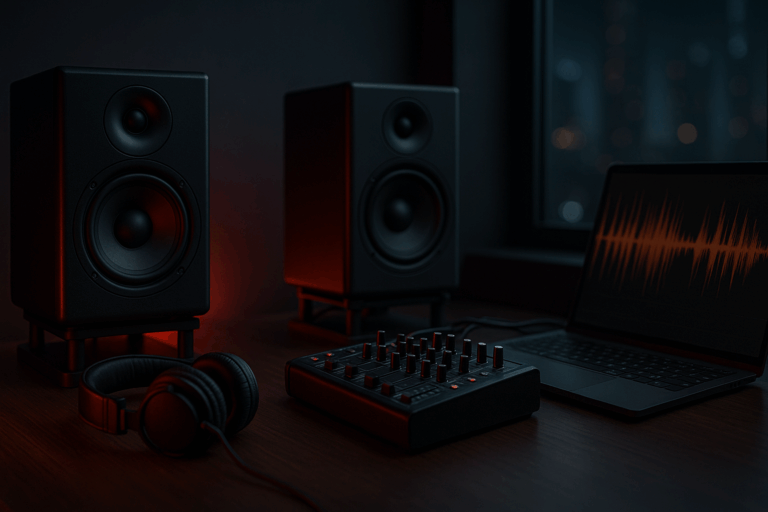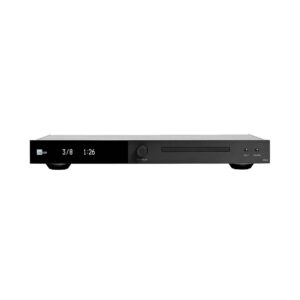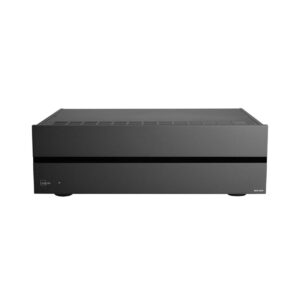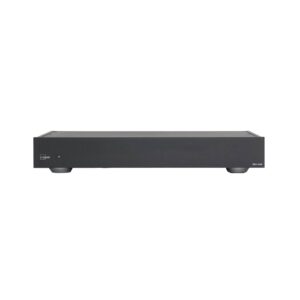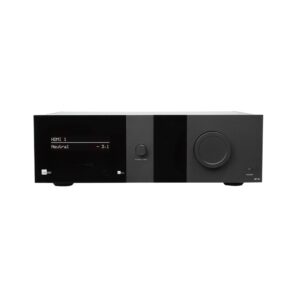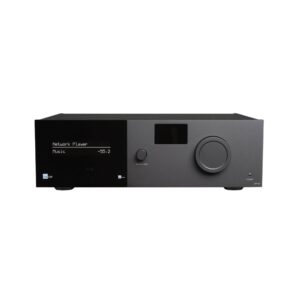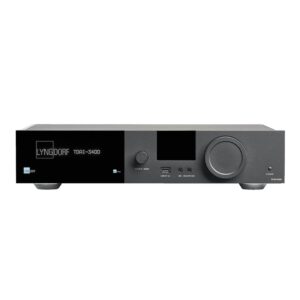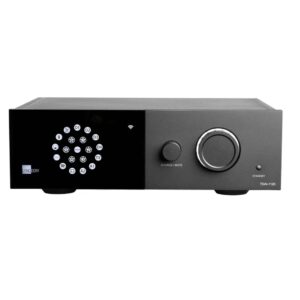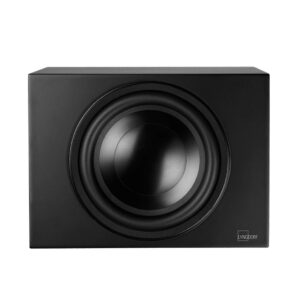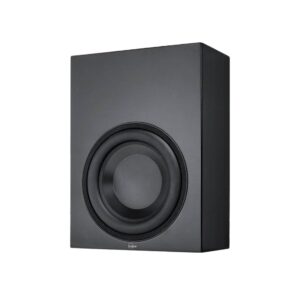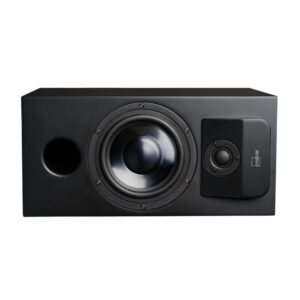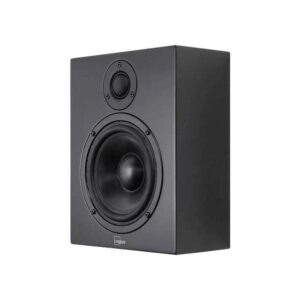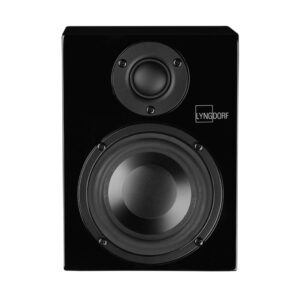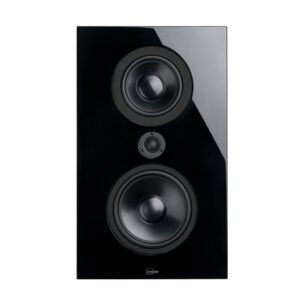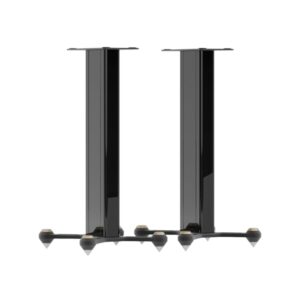The Yamaha CL5 remains one of the most‑requested digital mixing consoles in live sound a full decade after its debut, thanks to its spacious 72‑mono/8‑stereo input architecture, native 64×64‑channel Dante networking, and a steady stream of firmware updates that keep its workflow feeling fresh. In this post we’ll walk through what makes the CL5 special—from its Centralogic control surface and premium plug‑ins to real‑world use cases, recent firmware improvements, and tips for new engineers.
1. Snapshot: What the CL5 Brings to the Table
-
Mixing capacity – 72 mono plus 8 stereo input channels feed 24 mix buses, 8 matrices, stereo + mono masters and dual cue buses.
-
Fader layout – Three banks (16‑fader left, 8‑fader Centralogic, 8‑fader right) plus a 2‑fader master section promote fast navigation without paging.
-
Local I/O – 8 × 8 analog, three MY‐card expansion slots, and redundant Dante ports for 64×64 audio‑over‑IP at 48 kHz.
-
Premium Rack FX – On‑board Rupert Neve Designs EQs, U76 compressors and Portico EQs deliver studio‑grade tone shaping.
-
All‑metal chassis & iPad shelf – Tour‑ready build with an integrated stand for StageMix remote control .
2. Ergonomics & Workflow
Centralogic Philosophy
The heart of the CL series is Yamaha’s Centralogic bank: eight motorised faders directly beneath a 12‑inch multitouch screen. Any channel (or DCA, mix, or matrix) can be “focused” here, letting operators tweak preamp gain, dynamics, and EQ without menu‑diving.
User‑Defined Power
Sixteen user‑defined keys, four user knobs, and nine user fader layers make it easy to map show‑critical functions—mute groups, tap‑tempo, scene recalls—to dedicated hardware.
3. Sound Quality
Engineers consistently praise the CL5’s new‑generation mic preamps and 96‑bit accumulation mix engine for “a step up” in clarity compared with older Yamaha desks. Premium Rack plug‑ins such as the Neve Portico 5033 EQ and U76 compressor bring analogue‑style punch, while the built‑in Dan Dugan automixer keeps panel discussions tidy.
4. Dante Networking & I/O Ecosystem
Out of the box the CL5 appears on a Dante network with 64 transmit and 64 receive channels, effortlessly patching to Rio 3224‑D2 or third‑party stage boxes via Dante Controller. Yamaha’s self‑training guides walk through integrating Aviom personal mixers or redundant ring topologies —ideal for houses of worship and broadcast trucks.
5. Firmware 5.90: 2025 Highlights
Yamaha’s March 2025 V5.90 firmware adds expanded cue bus options, enhanced Dugan automix weighting, and compatibility with the new Rio‑D3 stage boxes. Updating is painless: copy the firmware file to a USB stick, boot the console in update mode, and follow the on‑screen prompts (≈10 minutes).
6. Real‑World Deployments
-
Touring & Festivals – FOH engineers praise the CL5’s “familiar layout, bright screen and best‑sounding Yamaha summing to date” on arena tours
-
Broadcast & Sports – At multi‑venue events like the X‑World Games, 25 Yamaha CL/QL consoles shared a Dante backbone for seamless hand‑offs between stages
-
Churches & Theatres – ChurchProduction’s long‑term review notes how dynamic EQ and the U76 compressor shine on worship vocals
7. Tips for New Operators
-
Start with a Blank Scene – The factory template is great, but building your own ensures gain‑staging matches your outboard.
-
Leverage User Layers – Put DCAs left, vocals centre, and FX returns right for one‑page mixing.
-
Name & Colour Code – Custom LCD colours on each strip speed up troubleshooting in dark venues.
-
Record the Virtual Soundcheck – Dante Virtual Soundcard plus a laptop = multitrack rehearsal without the band.
-
Stay Current – Check Yamaha’s download page quarterly; minor point releases often include new QuickPro presets and bug fixes
8. How the CL5 Stacks Up in 2025
Although newer flagships (e.g., Rivage PM series) offer 96 kHz operation and spectral dynamics, the CL5’s price‑to‑performance remains compelling against rivals like the Allen & Heath dLive C3500 or Avid S6L‑16C—especially when existing Dante stage racks and engineer familiarity are factored in Fohonline.
9. Conclusion
From its deep yet approachable interface to rock‑solid Dante implementation, the Yamaha CL5 proves that a well‑designed console can achieve lasting relevance. Whether you’re mixing a club tour, streaming a worship service, or pulling double‑duty at a corporate gig, the CL5’s combination of flexible routing, premium processing and continuous firmware support earns its place at the centre of countless control rooms worldwide.


